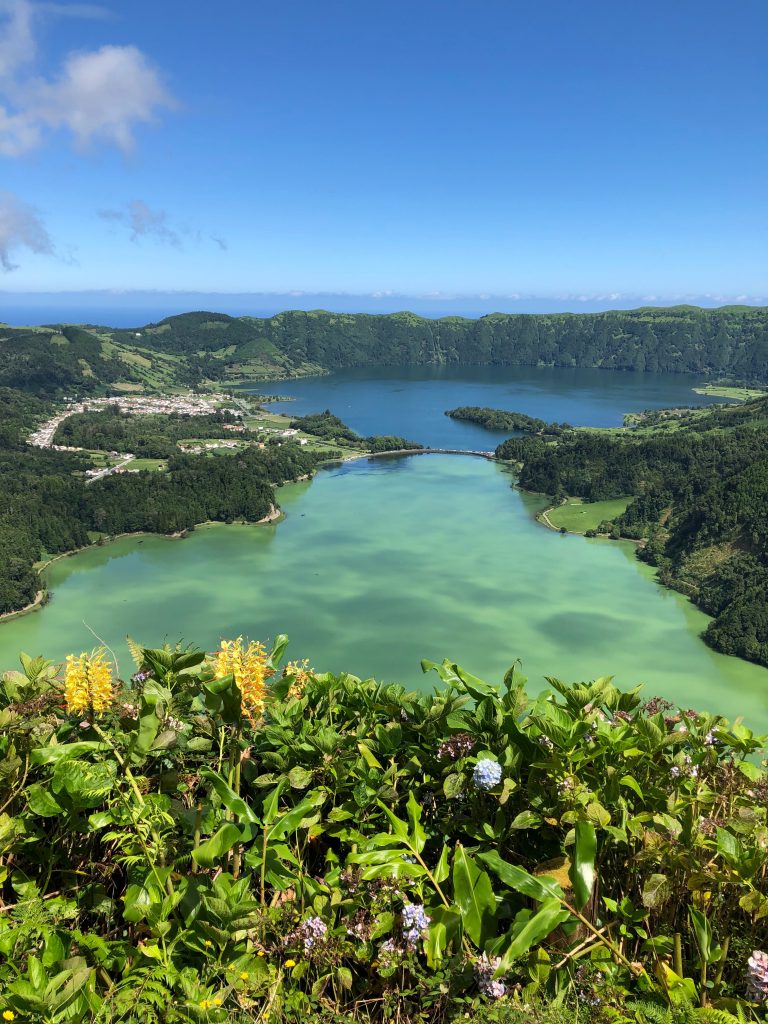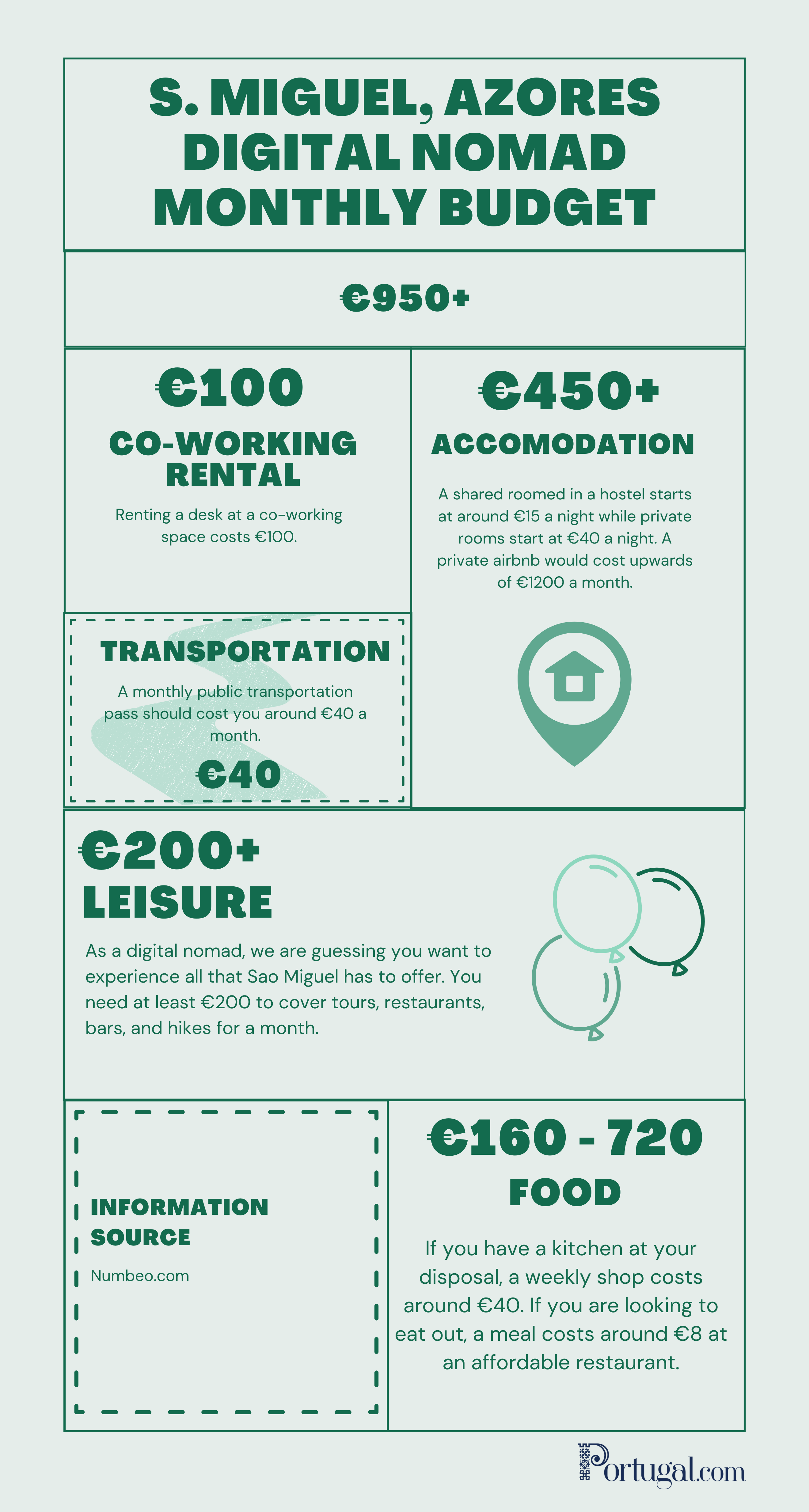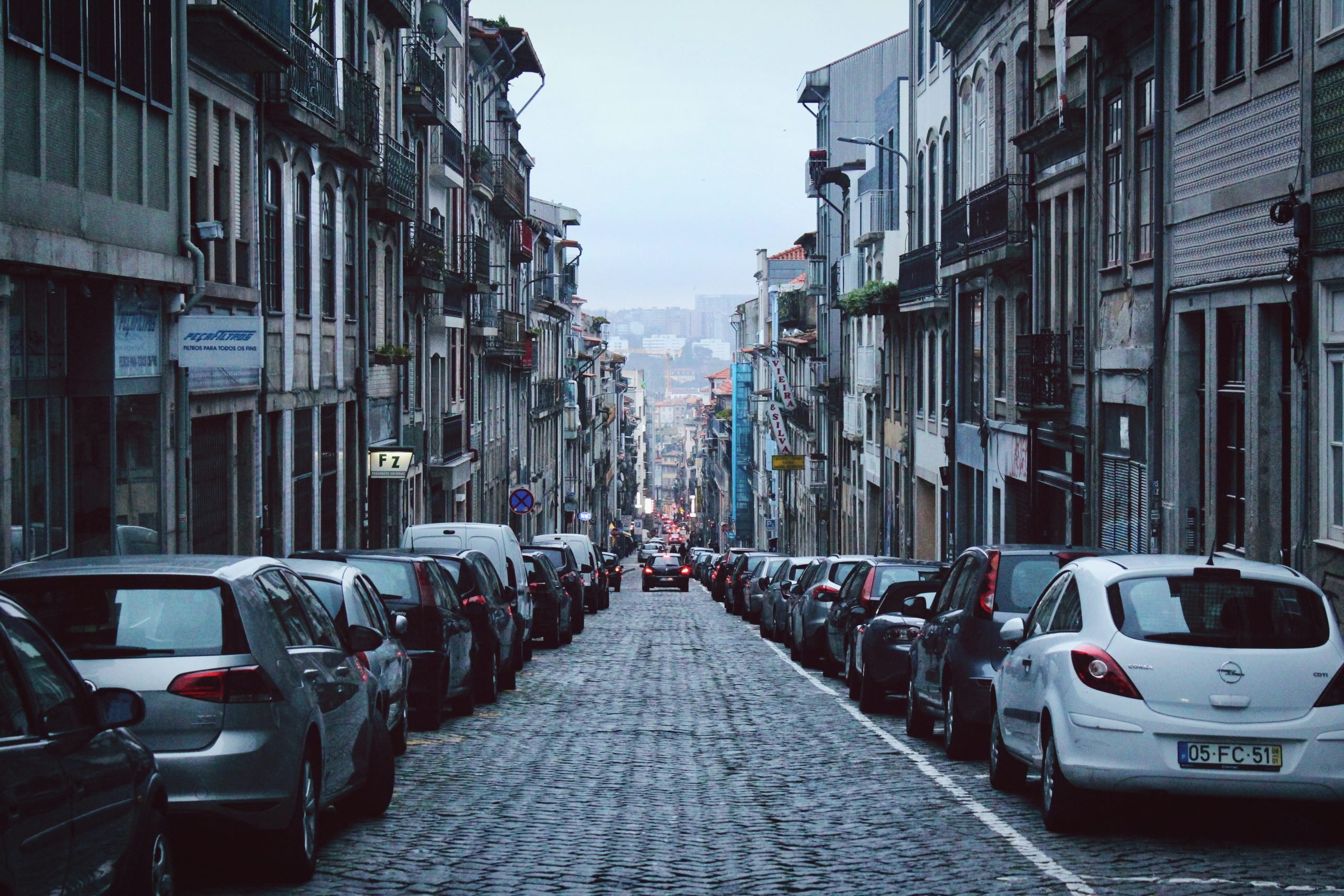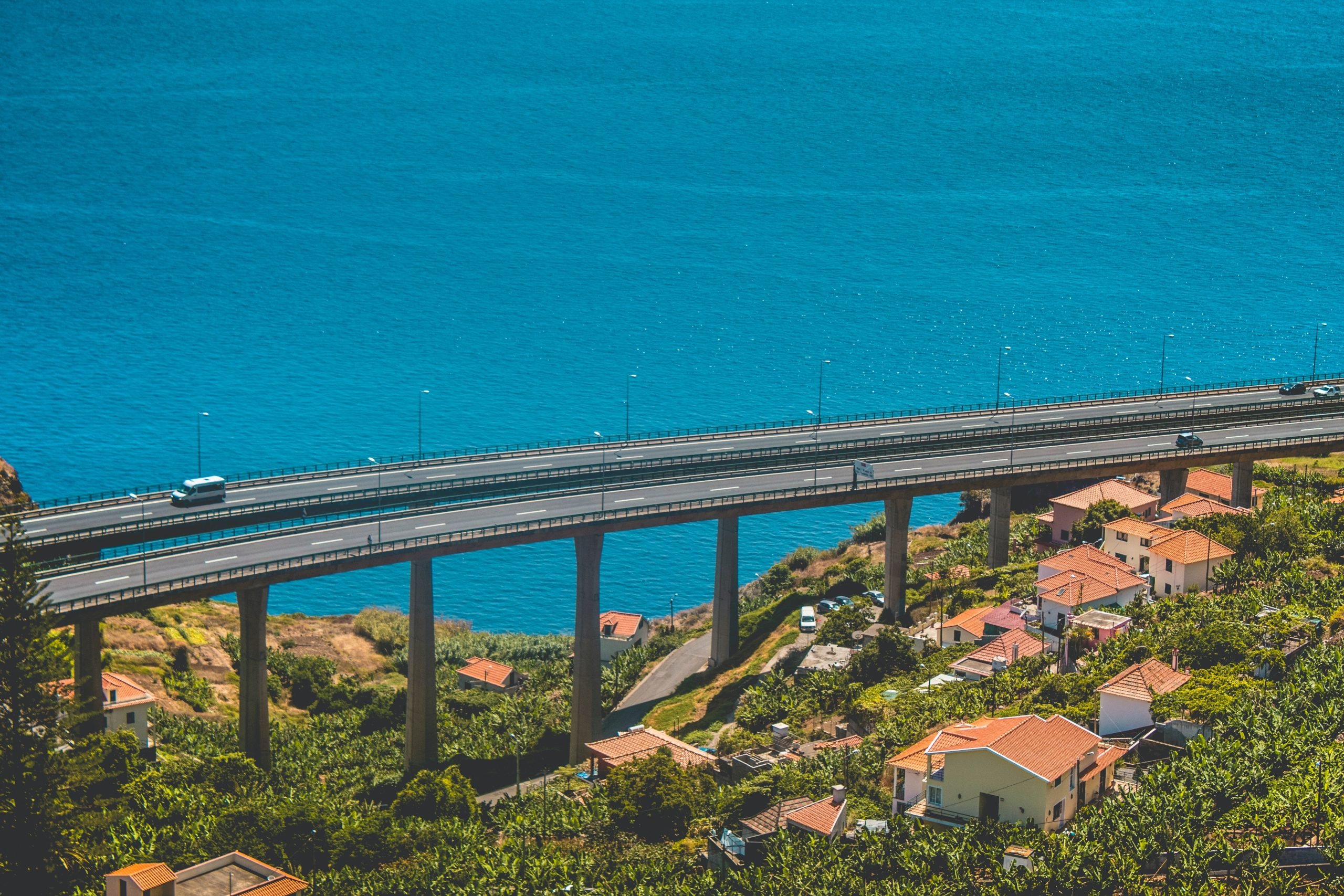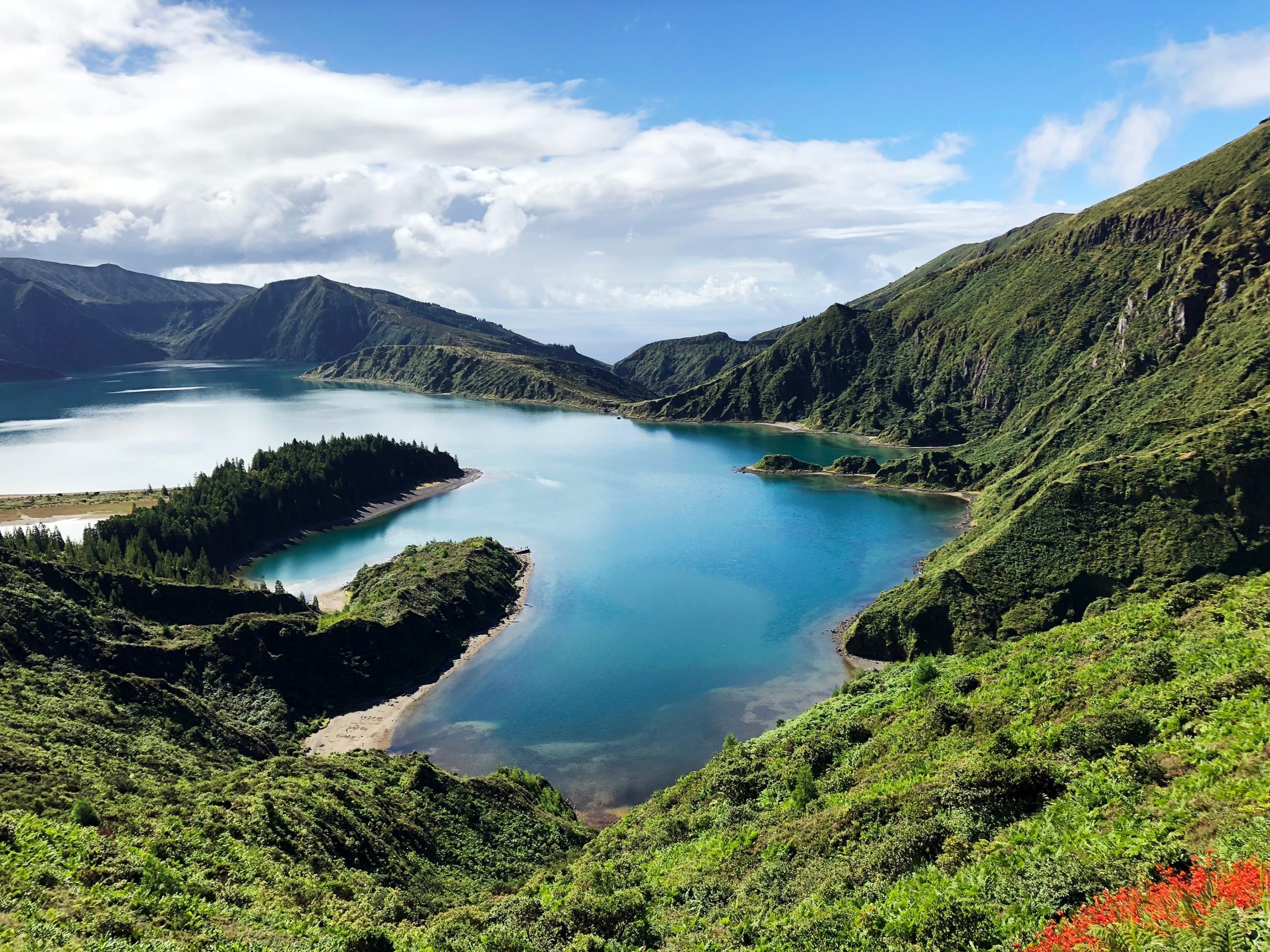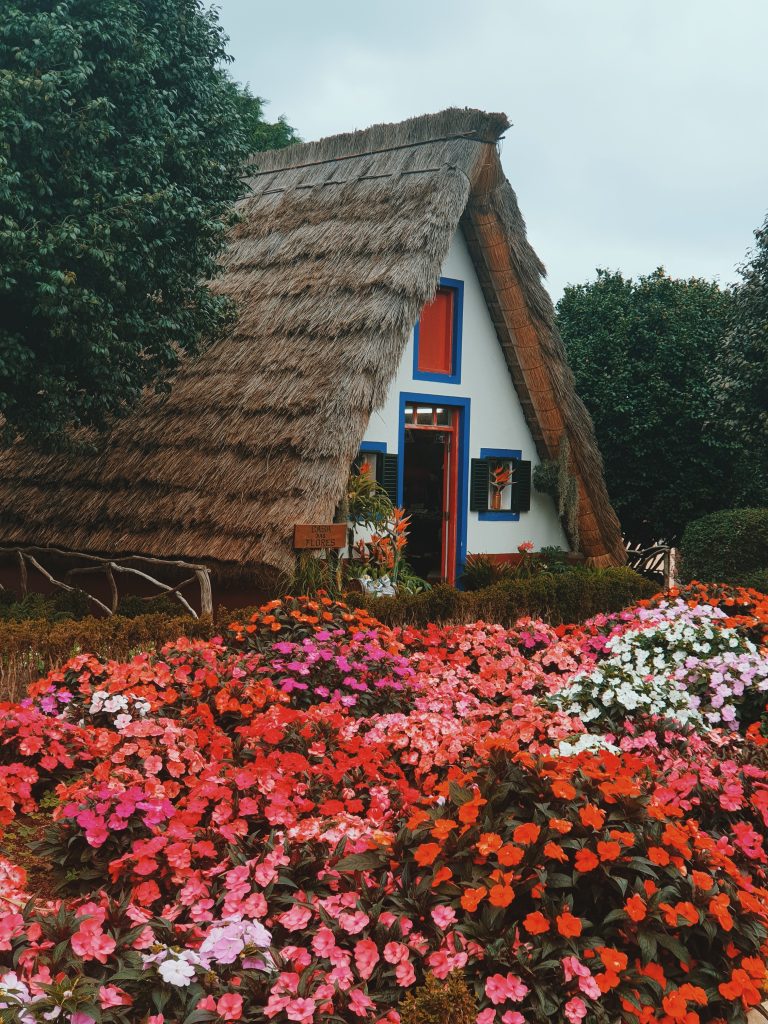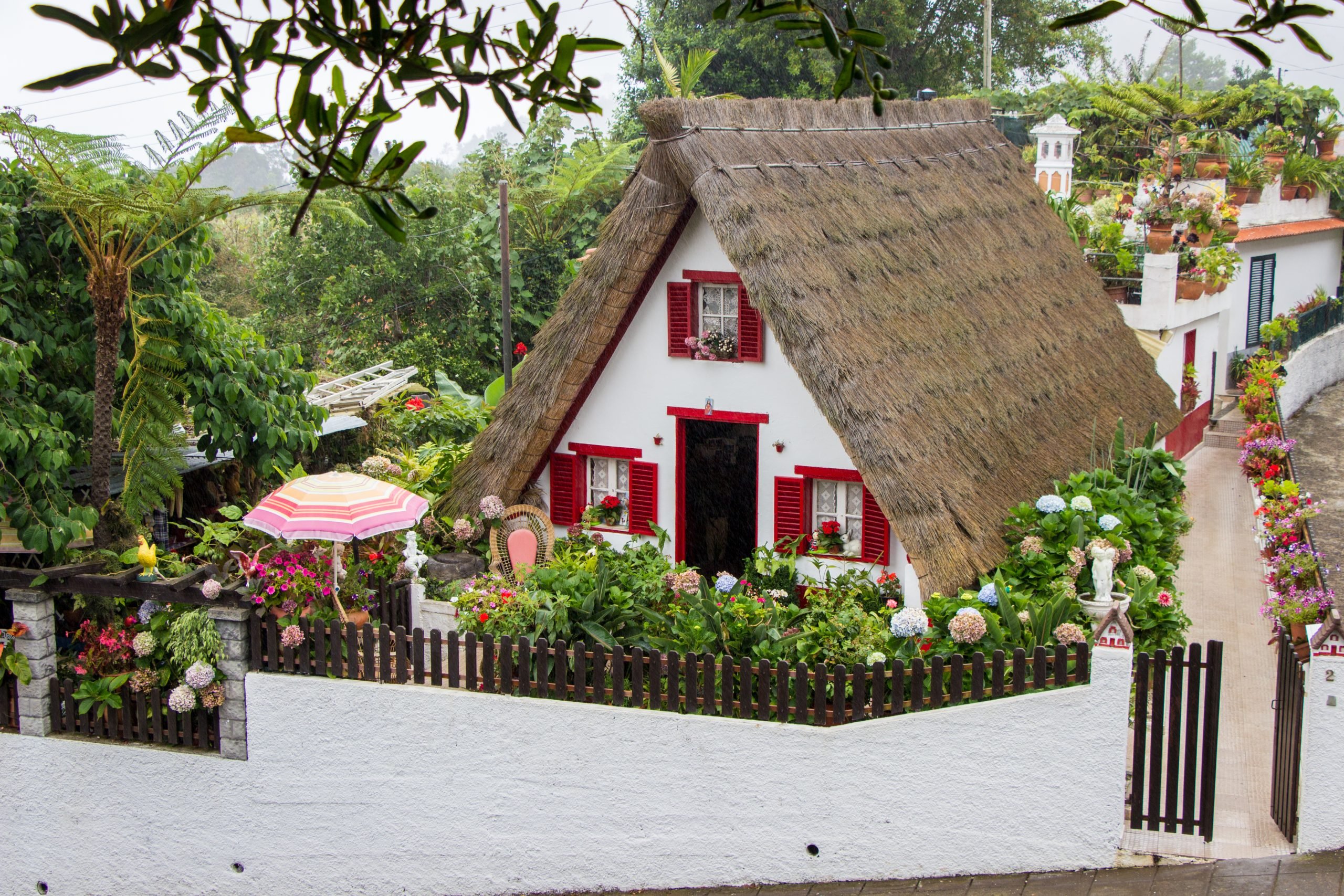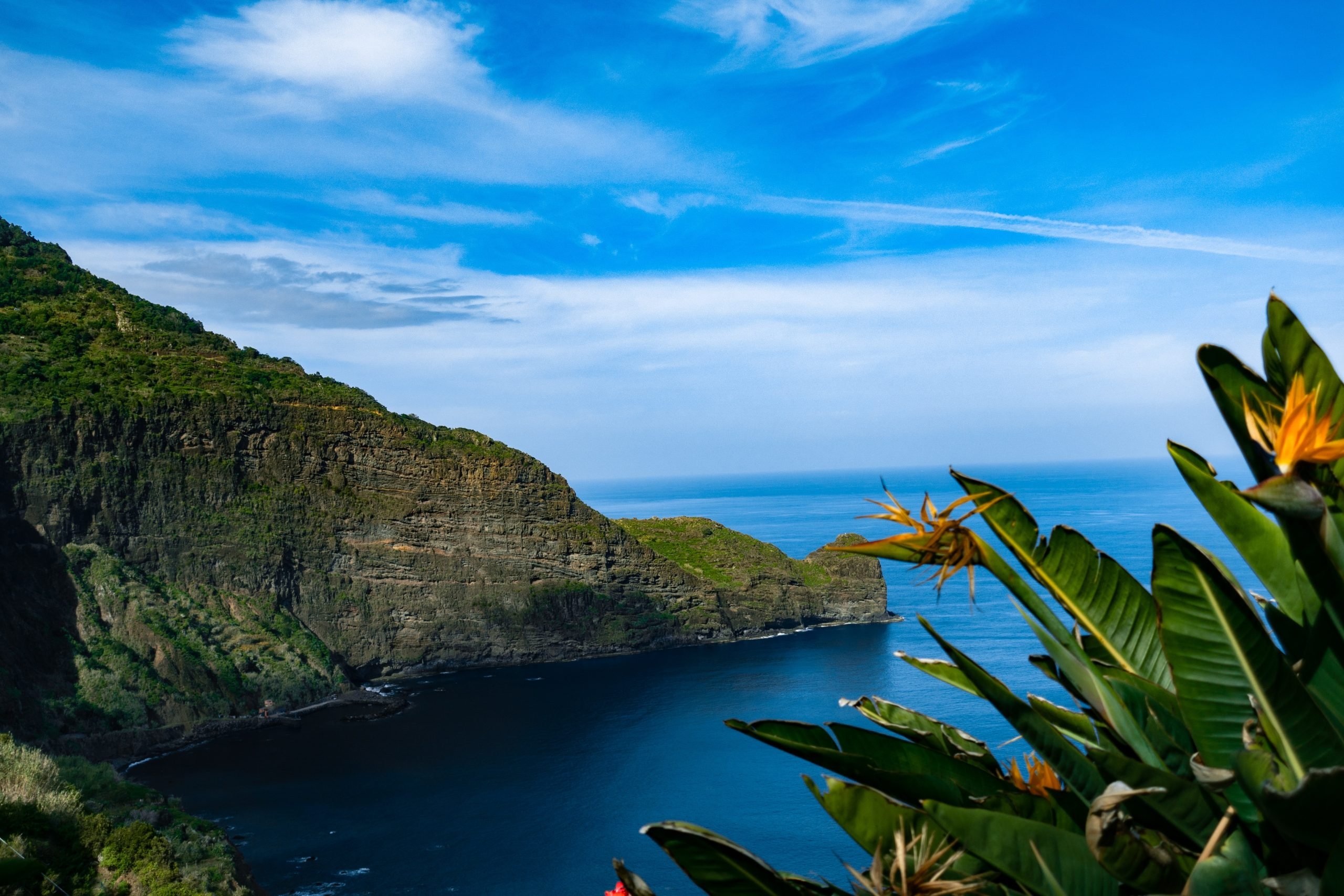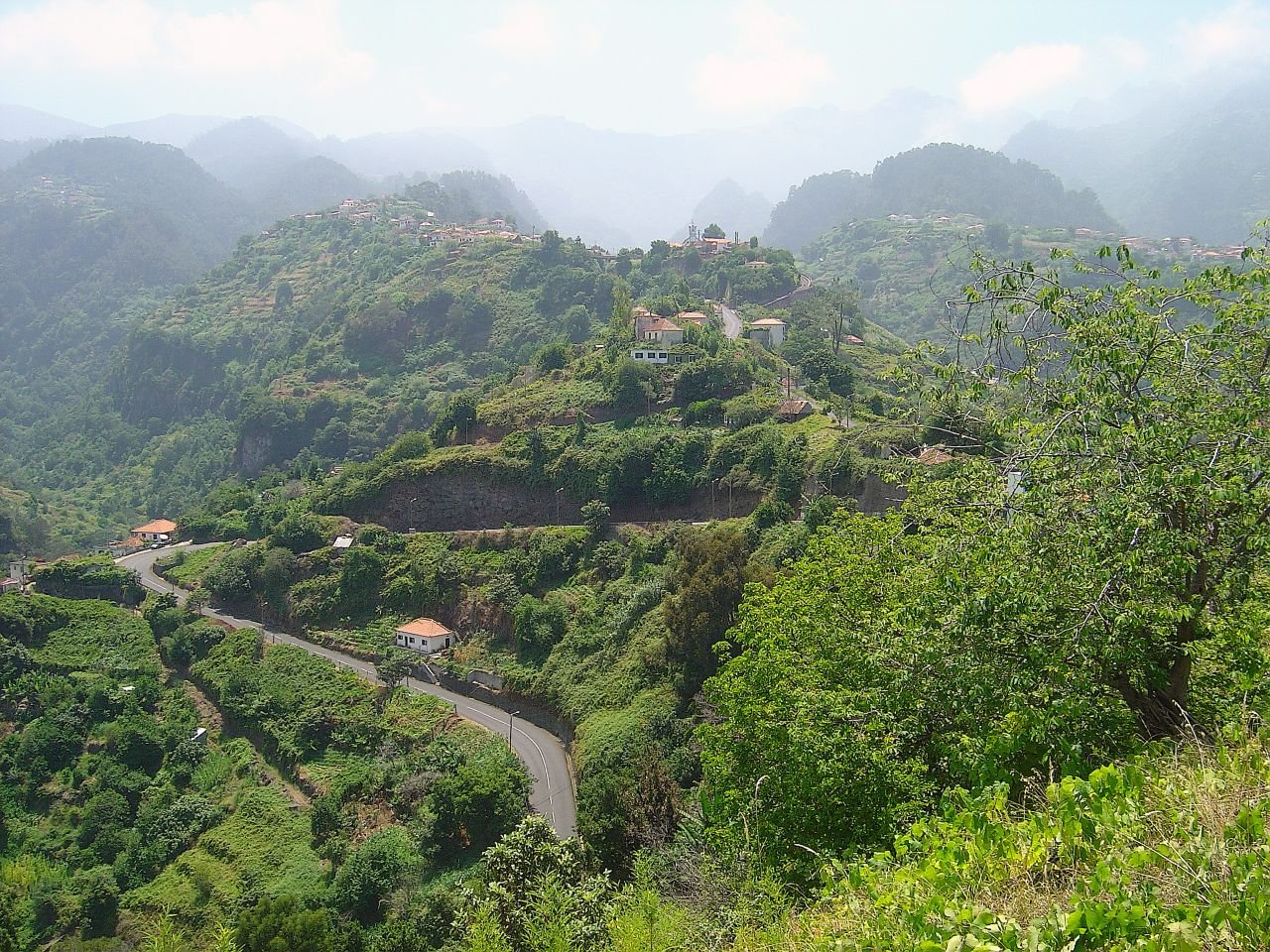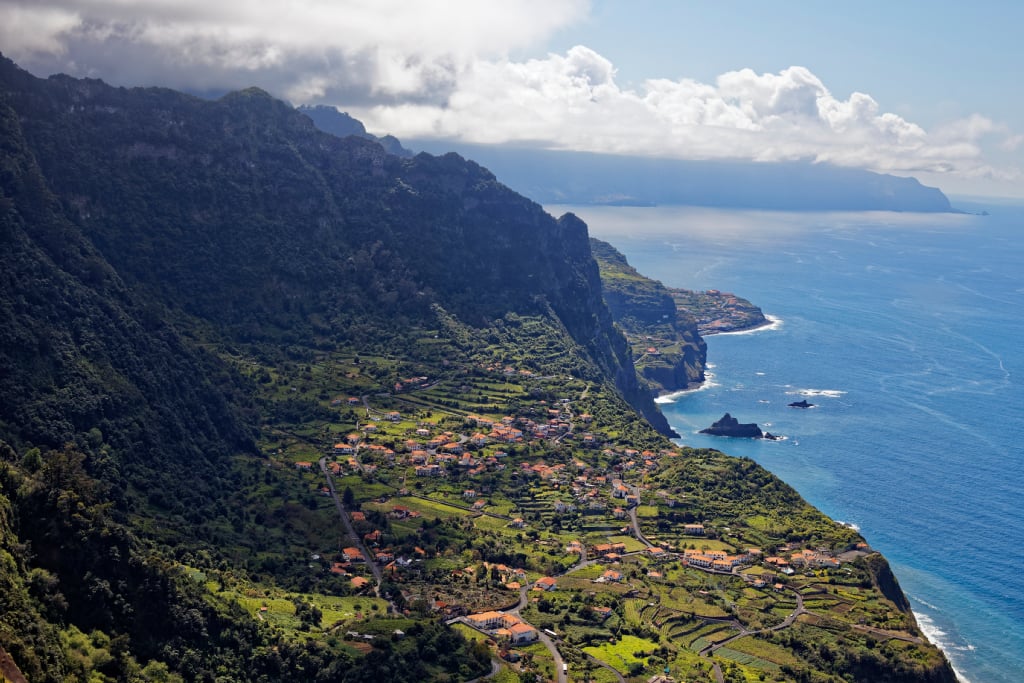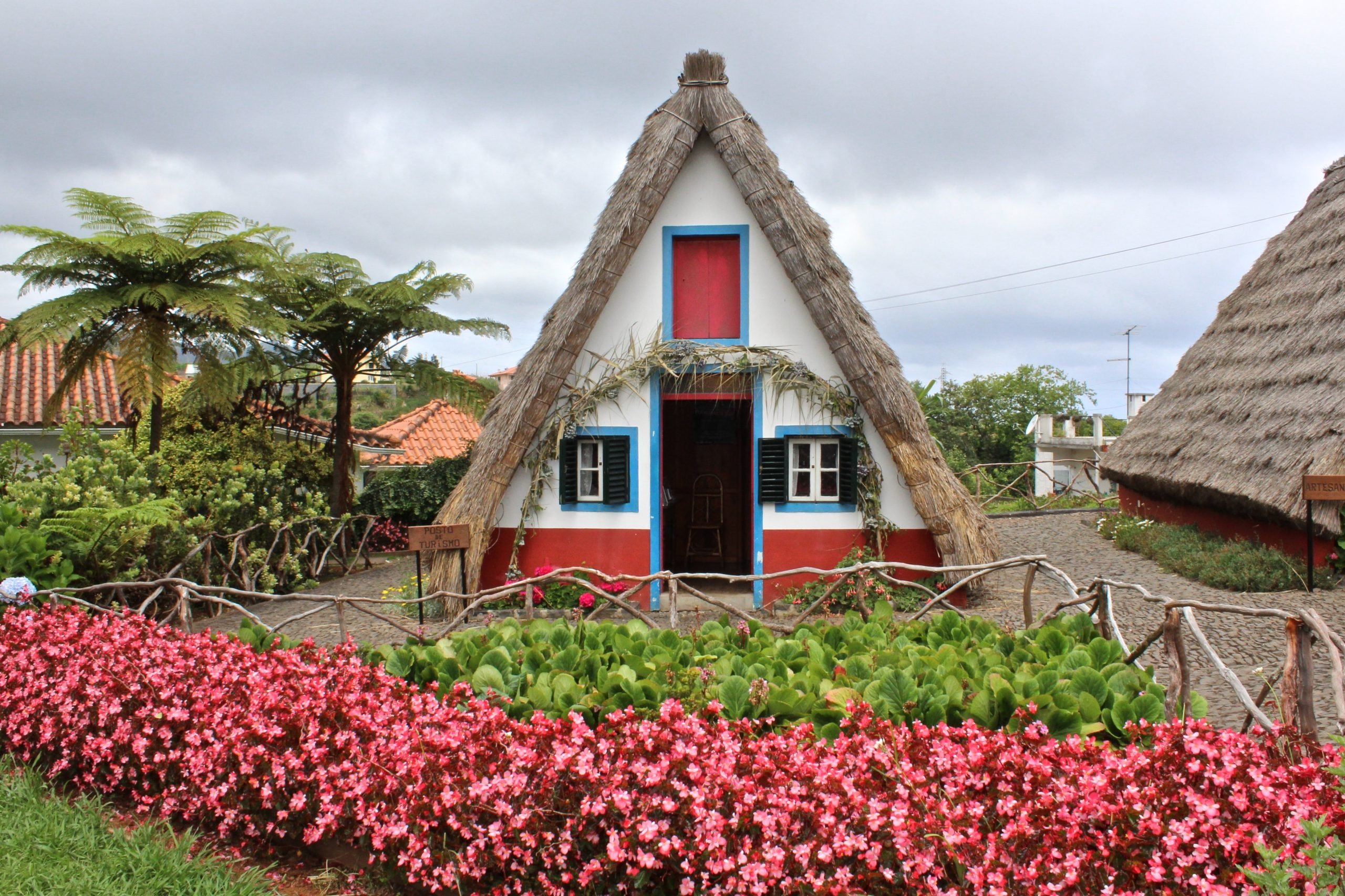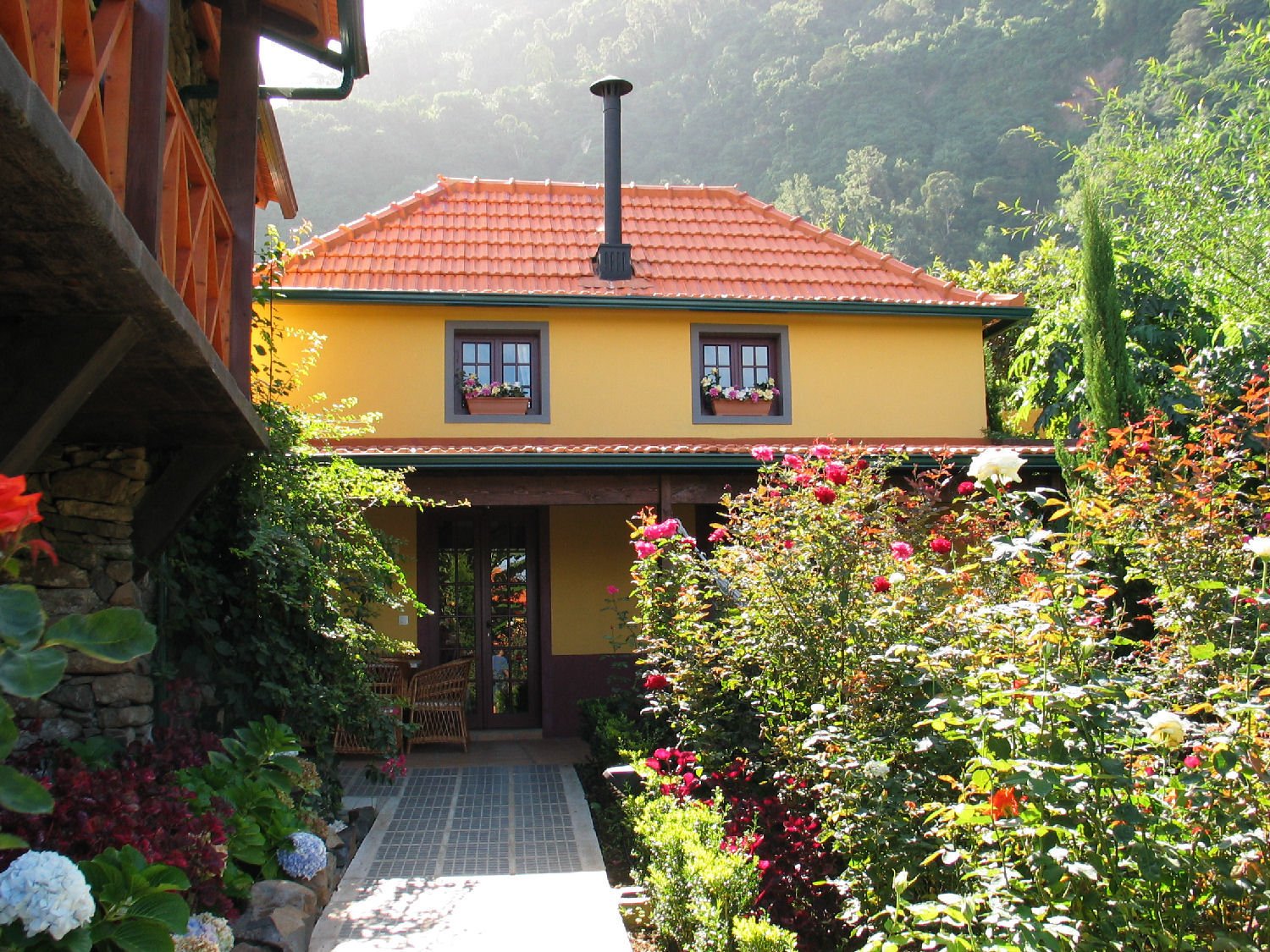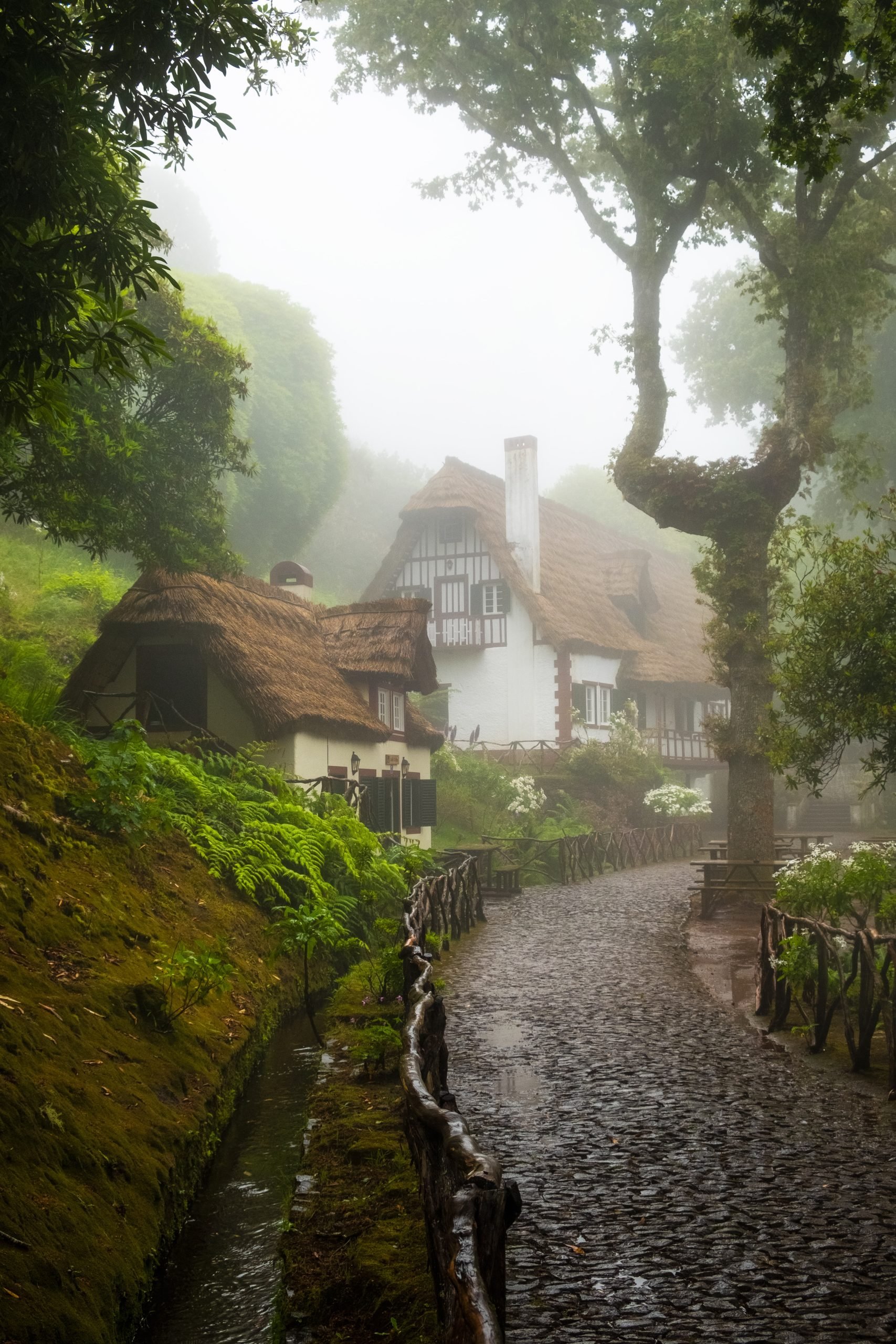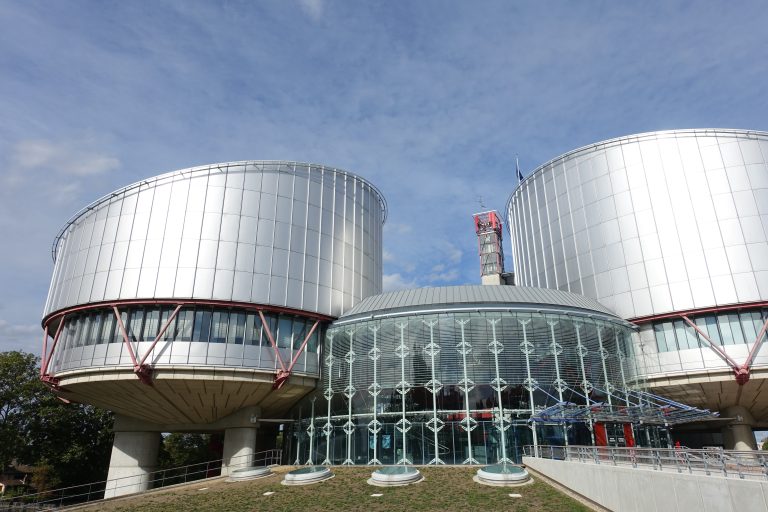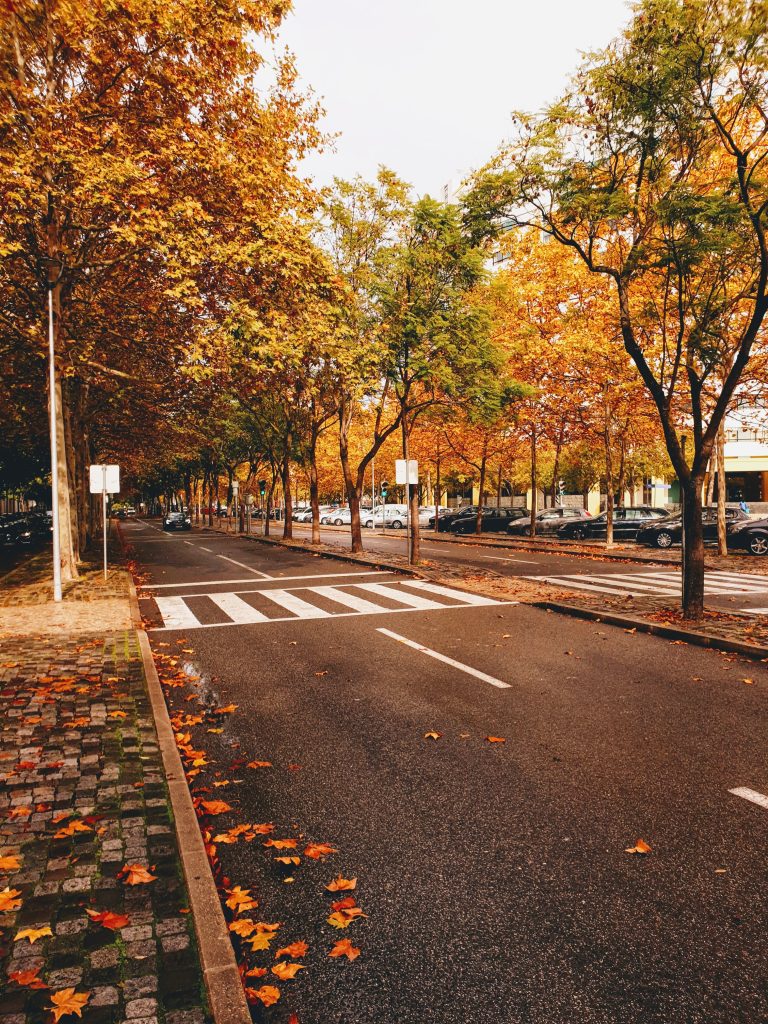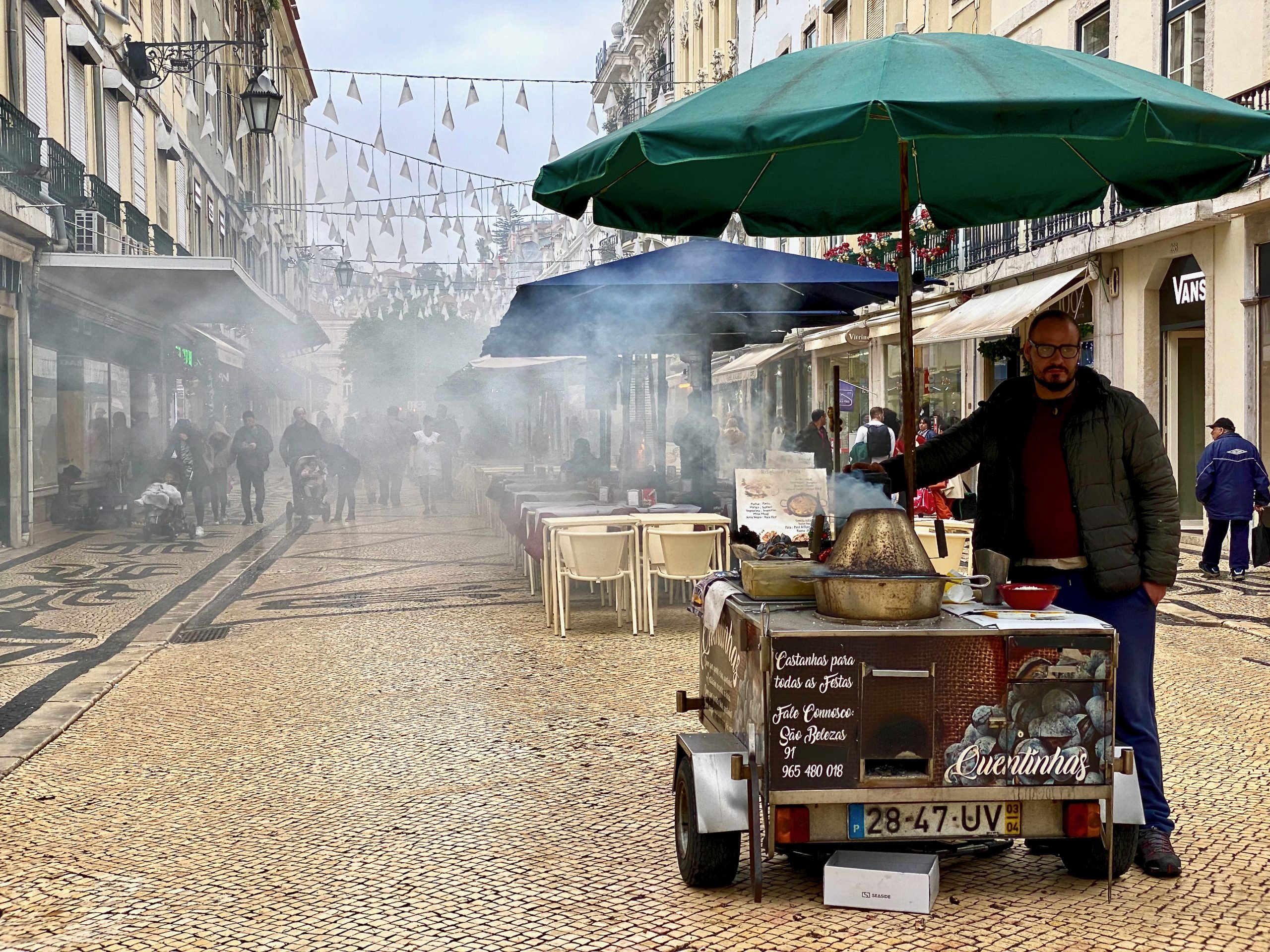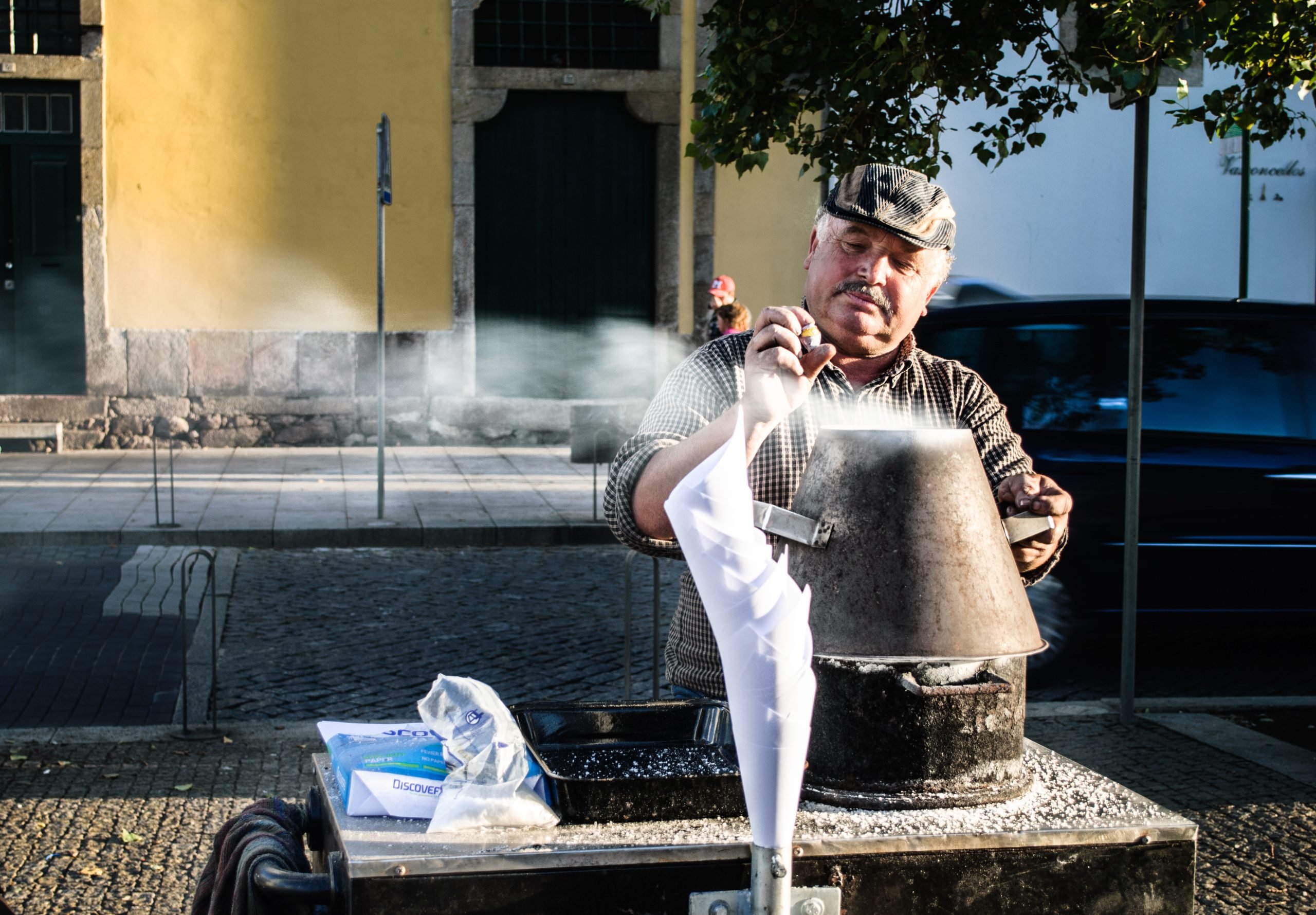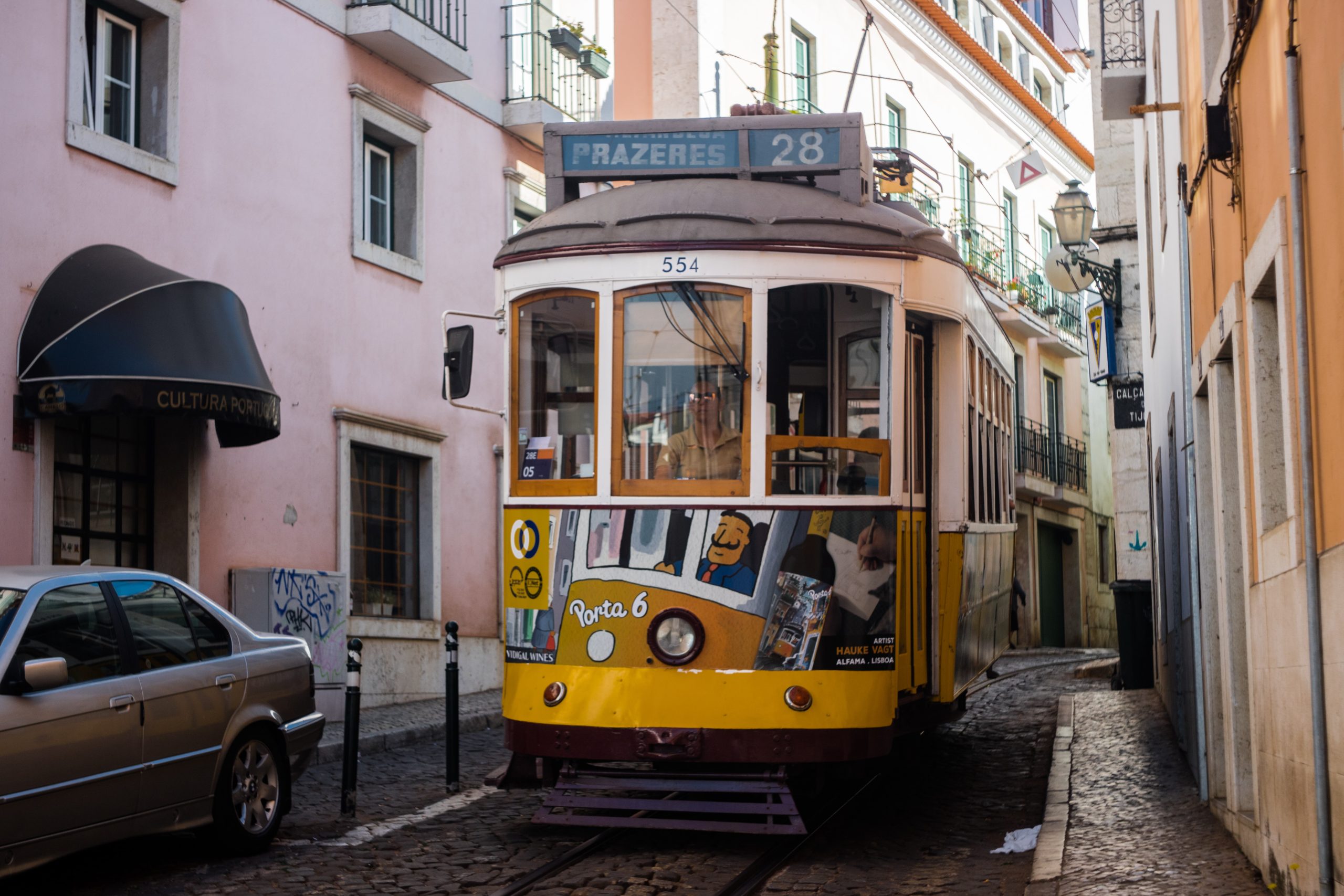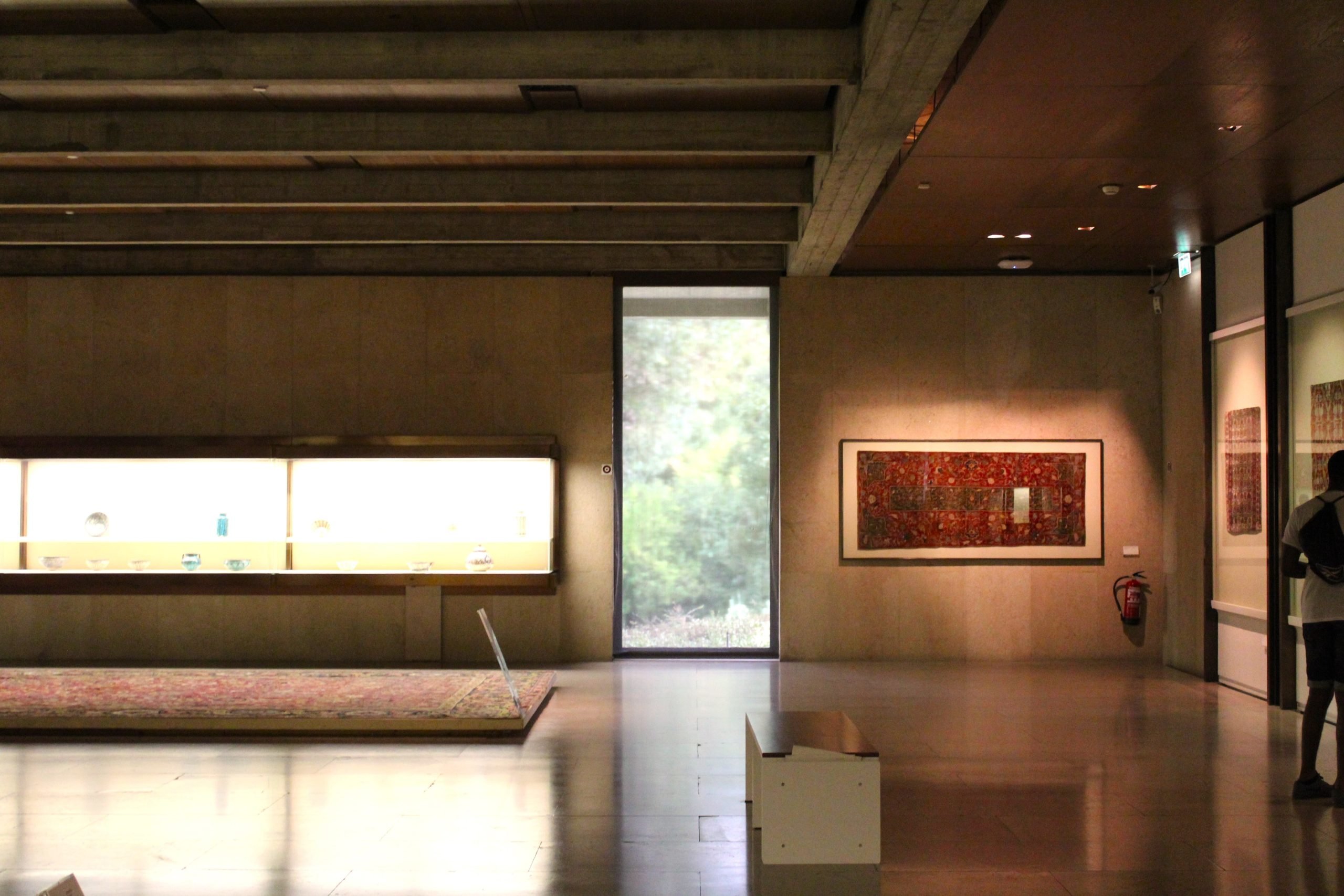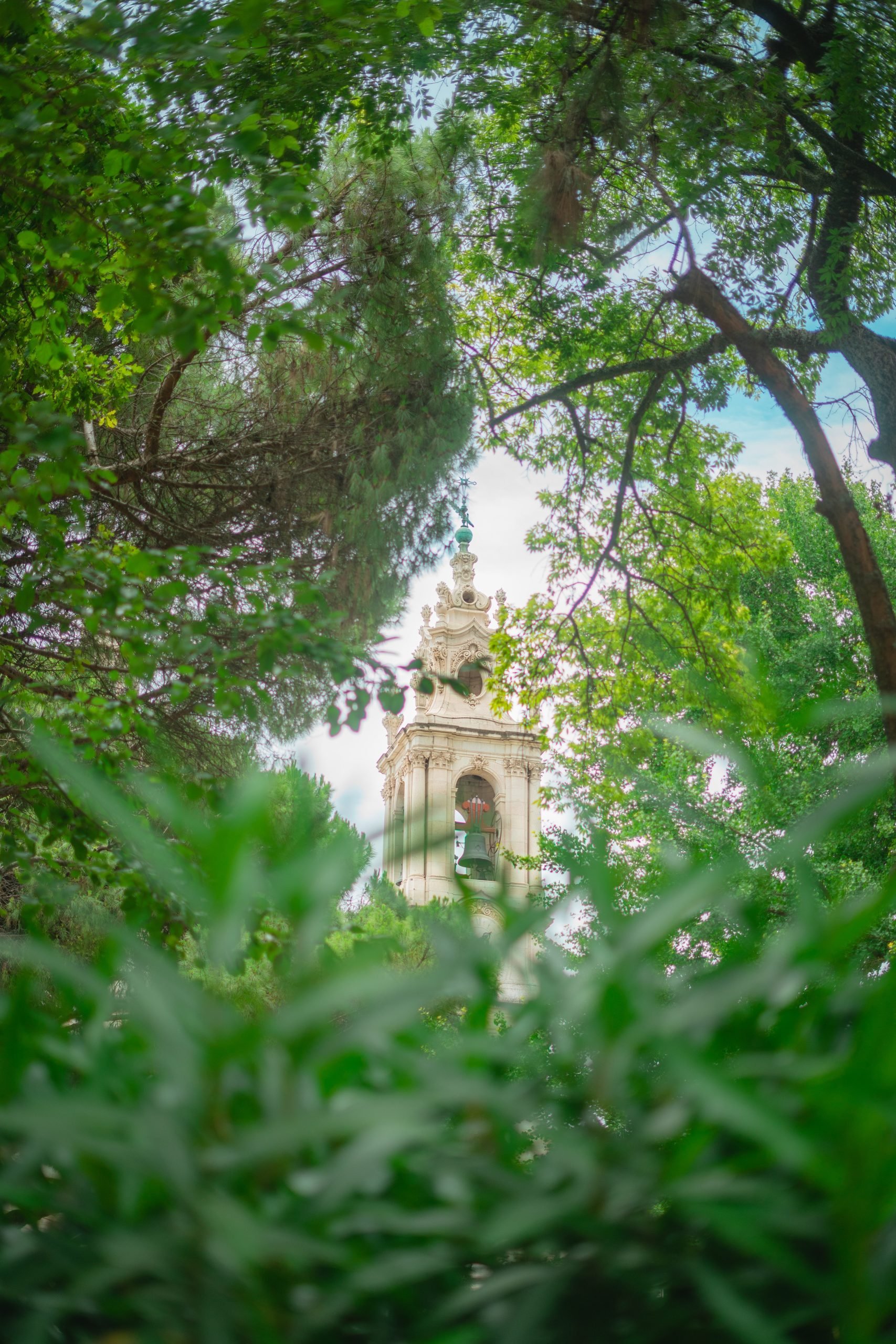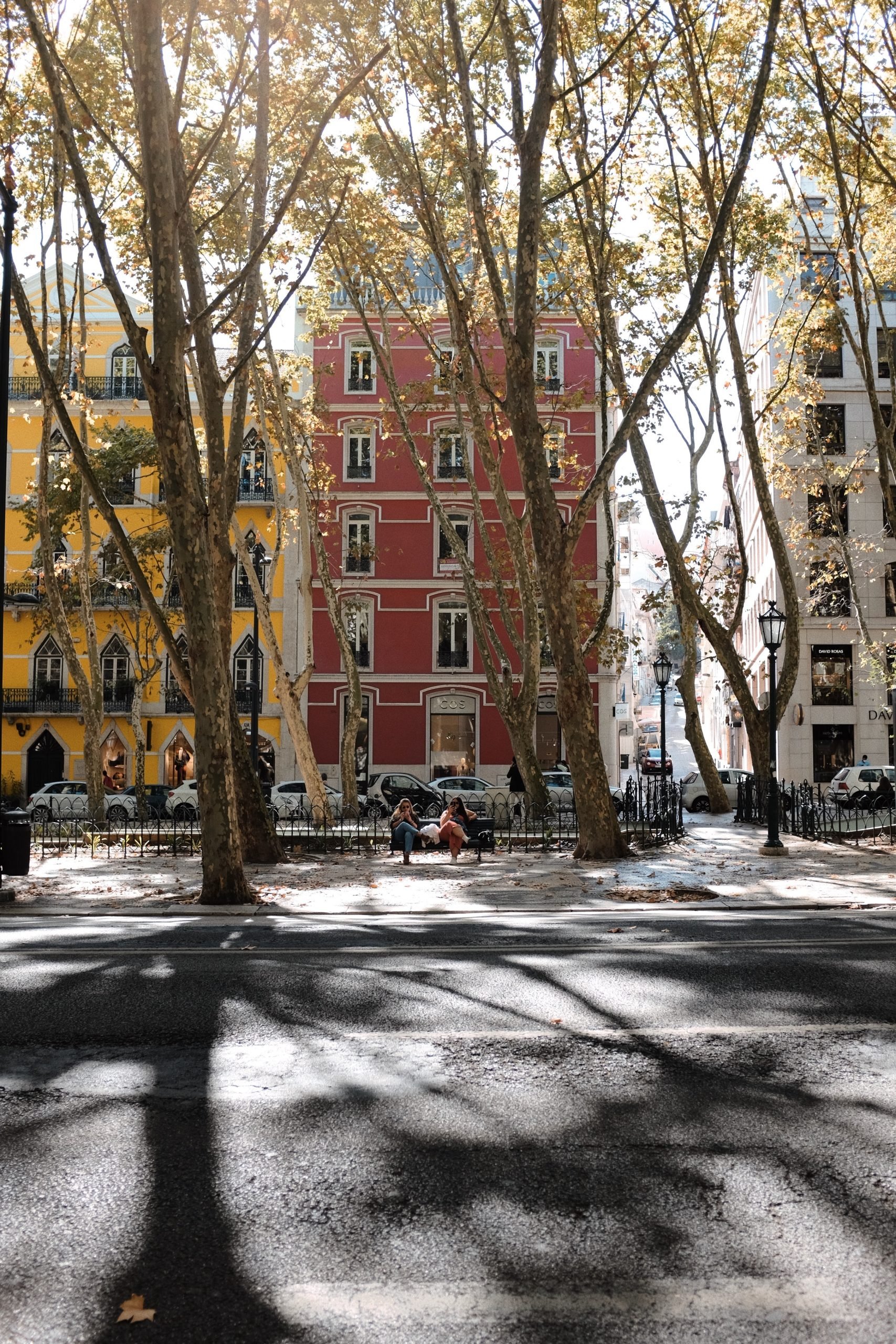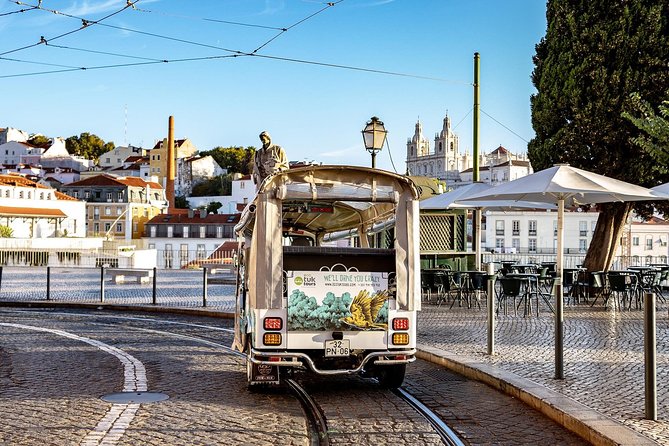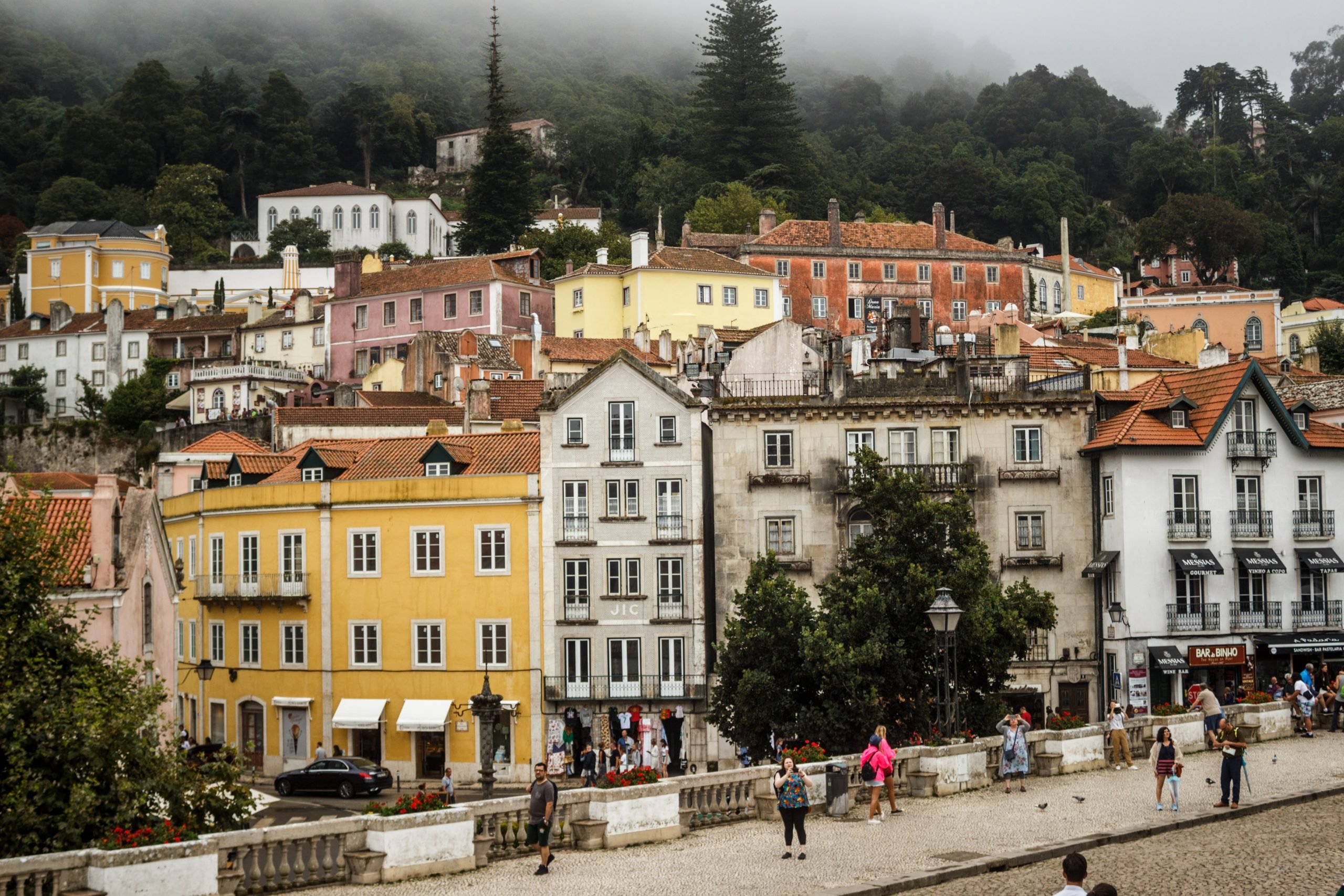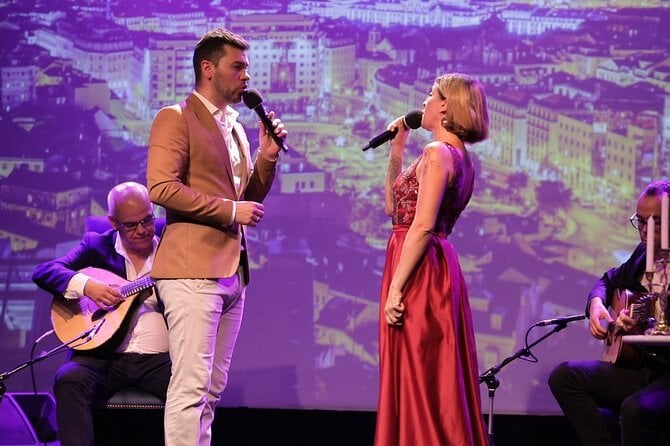Social Security in Portugal
When you get sick in the US, you will likely lose your income. Parental leave is nonexistent and can have an even larger impact on someone’s social and financial well-being, particularly women. In Portugal, this is not the case! You can get sick, lose a job, and have a child without falling into complete financial distress.
This is because of Portugal’s Social Security System, known as Seguranca Social. While many pensions are too low in the context of the cost of living, Portugal’s Social Security System is well-rounded and tackles several social issues.
The Portuguese Social Security system secures citizens’ basic rights and ensures equality in opportunities, providing support measures such as unemployment allowances, paternal leave, and other financial support.
Who can access social security in Portugal?
The Social Security system is valid for Portuguese and foreign citizens who make contributions. To work in Portugal, you must have a Social Security Number (NISS). If you already have a Portuguese citizen’s card, your NISS is on the back of the card.
Whether you can access certain pensions and leaves depends on your income, the amount of time you have contributed, and other factors. However, basic rights such as parental and sick leave are always guaranteed, regardless of your tax bracket.
Social Security Payments in Portugal
For Social Security to function in Portugal, individuals must make their contributions. If you are working in Portugal, either employed or self-employed, you will have to pay social security, which will one day assure you a retirement pension and other benefits.
Employees pay 11%, while their employers pay 23.75% to 34.75%. In this case, the amount for social security is automatically deducted by your employer. An employer is also responsible for registering its employees with Social Security.
If you are self-employed, you are responsible for making your payment which is higher at 21.4%. You must pay your contributions between the 10th and 20th of the month following the month to which the contributions concern. There are a few specific exceptions for those on self-employment.
Self-employed social security contributions can be paid via:
- ATM
- Treasury Office of Social Security
- Home banking
- Social Security Direct Debit
Unemployment Benefits in Portugal
Portugal’s Social Security system has multiple types of unemployment benefits. Unemployment benefits usually pay 65% of your earnings. However, the minimum monthly rate is €439, and the maximum is €1,097.
Residents can access the main unemployment benefit if they have lost their job or come to the end of a contract. However, you must be registered as a job-seeker and have worked for at least 360 days in the 24 months before you lost your job.
Another type of unemployment benefit is the social unemployment benefit. You might qualify after either your regular unemployment benefit has run out or you do not meet the conditions for unemployment benefit. You need to have worked for 180 days in the one year before becoming unemployed.
In Portugal, you also have a partial unemployment benefit. To access this, you need to have already received unemployment benefits and begin working in a part-time or self-employed job. The earnings from this job must be lower than the amount of the unemployment benefit.
Parental Leave in Portugal: Parental and Maternal Leave in Portugal
If you are employed in Portugal, you have the right to parental leave, both men and women. Self-employed people are also eligible. However, you must have paid social security contributions for a minimum period of six calendar months, whether consecutive or aggregate.
In Portugal, you have initial and extended parental leave. The parental leave period is up to 120 (100% income) or 150 consecutive days (80% income). Both parents can take the period between 120 and 150 days at the same time.
Mothers MUST take at least six weeks off right after childbirth, and there is a 20 working day compulsory leave for fathers.

After that, the 120 days or 150 days may be extended by 30 days in the case of shared leave. However, to do so, each parent must take leave of 30 consecutive days or two periods of 15 consecutive days after the mandatory maternal leave of 42 days.
If the initial parental leave is not shared, benefits can be granted to the father if the mother works.
If the childbirth takes place before the 34th week of pregnancy, the parental leave is increased by the total duration of the hospital stay plus 30 days after discharge.
In the case of a miscarriage or voluntary abortion, the mother might have paid leave between 14 and 30 days, depending on a doctor’s advice. In the case of stillbirth, a mother is granted 120 days of paid leave.
Guide to Having a Baby in Portugal
Same-sex Parental Leave in Portugal
Unfortunately, most of the language used in the parental law refers to a “mother” and “father.” However, in 2019, the parliament officially stated that LGBT+ couples have parental leave rights.
Two men and two women who have a baby (through adoption or biologically) will be paid for 120, 150, or 180 days, either at 100% or 80% depending on the amount of time.
Child Benefits in Portugal
Portugal’s Social Security system also includes plenty of family benefits for children and young people. These are available for children up to 16 years old, as well as those between the ages of 16 and 24 if they are in further education or have a disability.
These benefits are only available if a family has moveable assets worth less than around €100,000 and earns below a certain amount.
If a parent is in the first income bracket (up to around €7,100) with a child under three years old, they will get around €150 a month.

Sick Pay in Portugal
Known as the subsidio de doenca, sickness benefits in Portugal are available for both employees and self-employed people.
However, you need to be working for at least six months before, and if you are self-employed, you would need to have paid your social security for three months before getting sick.
Sick pay in Portugal is unlike parental leave, where depending on the number of days, you can get up to 100% of your pay.
You will actually get paid a larger percentage the longer you are sick. If you have a sickness and cannot work for over 365 days, you will get 75% of your income.
However, for the first 30 days of sickness, you will only get 55% of your income. Between days 91 and 365, you can claim 70% of your income.

Orphan & Widow Pension in Portugal
If a spouse or parent dies, Portuguese residents can claim benefits, including both a Survivor’s Pension and a Widow/Widower’s and Orphan’s Pension. You need to have been making contributions for at least 3 years, but eligibility also depends on your income. Spouses can claim 70% of the pension, while children can only claim up to 40%.
Retirement Pension in Portugal
The Portuguese Social Security system ensures you will get a retirement pension if you contribute throughout your life. The official retirement age in Portugal is 66 years and 7 months in 2022 and 66 years and four months in 2023. You also need at least 15 calendar years of remuneration and social security contributions. However, keep in mind that the pension age is set to rise.
Nevertheless, if you seek to retire earlier, this is possible. You can retire in Portugal from the age of 55 if you have made at least 30 years of contributions. Still, your payments will decrease for every extra year you receive your pension.
Social Integration Income (RSI) in Portugal
Known as the Rendimento Social de Insercao (RSI), this benefit is granted to people and families in serious social or financial need and at risk of social exclusion. It is meant to help with basic needs to integrate individuals into society.
To be eligible, a household’s monthly income must not exceed the Social Integration Income (RSI) value, and the main applicant must be registered as a job-seeker. Over 130,000 families in Portugal receive the RSI.
The main holder gets €188.68 which is 100% the value of the RSI. Each child receives around €93.34, 50% of the value of the RSI. Moreover, other adults besides the holder receive €130.68. Therefore, a family of two adults and two children receives around €500. A single mother with one child receives around €280.


